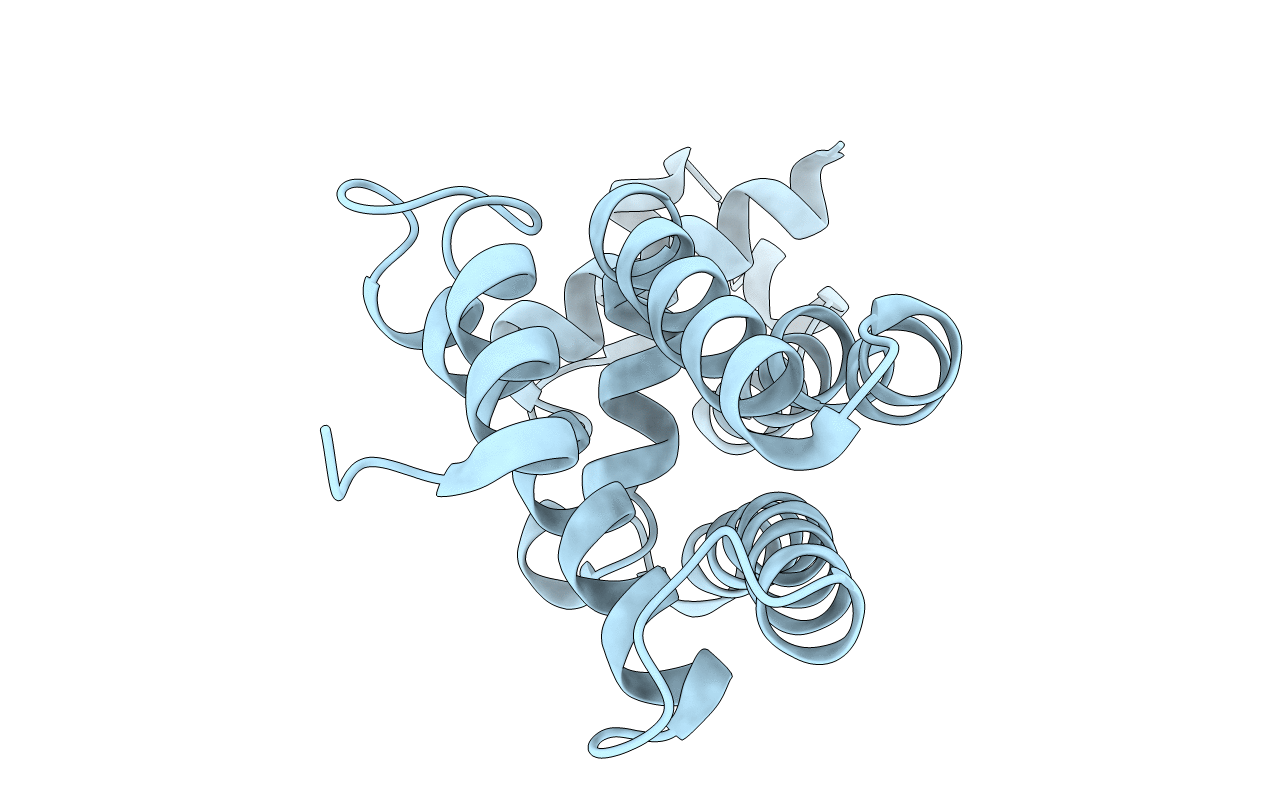
Deposition Date
2014-12-11
Release Date
2014-12-24
Last Version Date
2024-10-23
Entry Detail
PDB ID:
4UDS
Keywords:
Title:
Crystal structure of MbdR regulator from Azoarcus sp. CIB
Biological Source:
Source Organism:
AZOARCUS SP. CIB (Taxon ID: 198107)
Host Organism:
Method Details:
Experimental Method:
Resolution:
1.76 Å
R-Value Free:
0.24
R-Value Work:
0.19
R-Value Observed:
0.19
Space Group:
I 2 2 2


